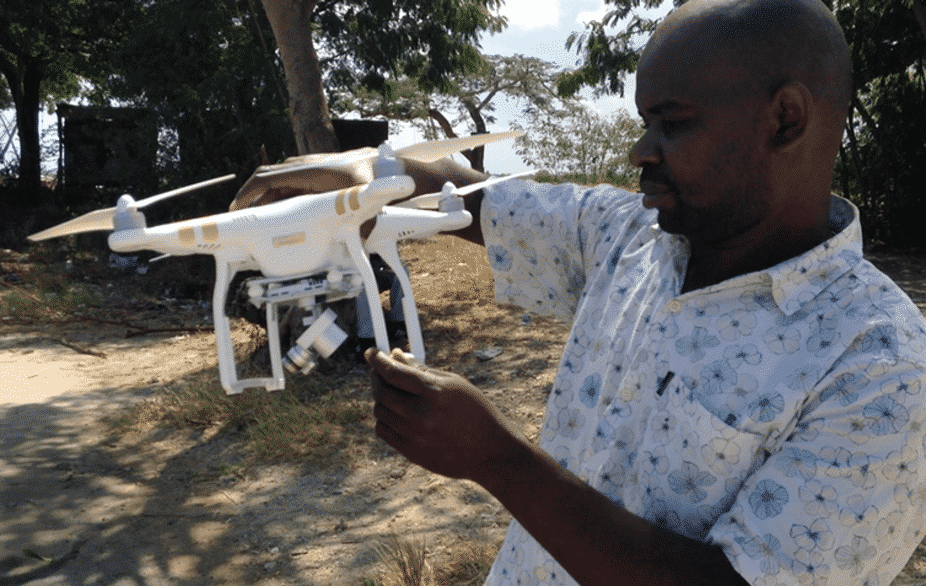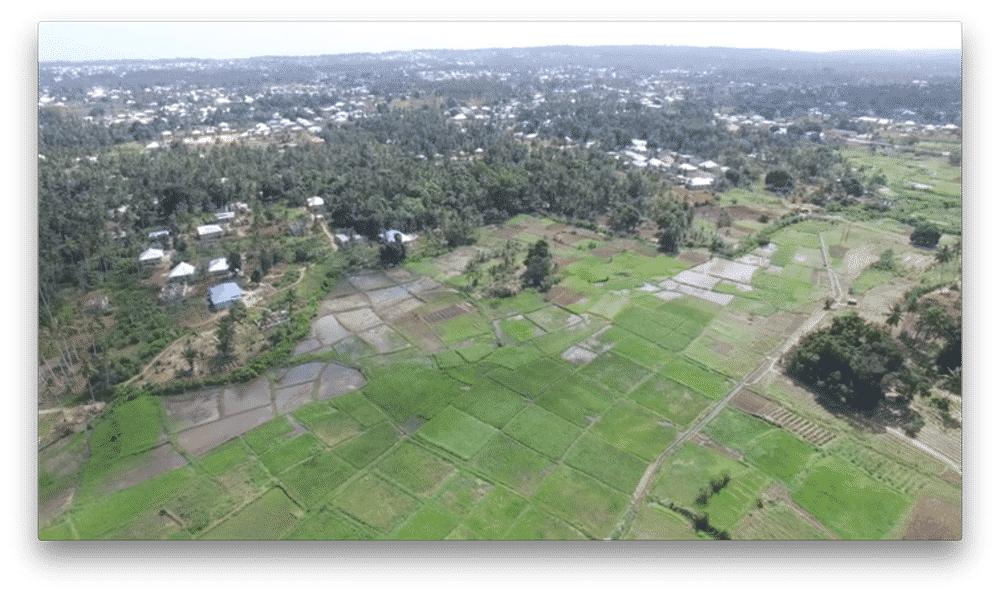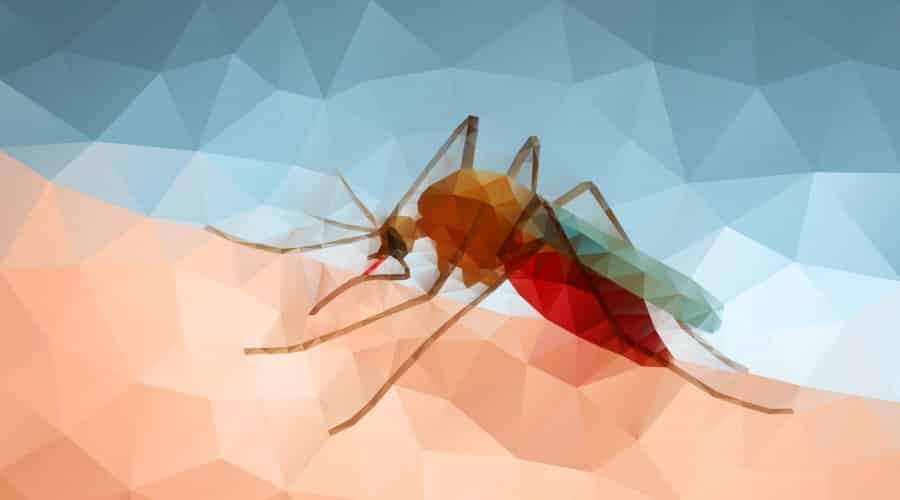Vector Mapping and Surveillance Using Drones to Combat Malaria
America’s got pretty good at using drones to hunt and kill big tangible things, but Hellfire missiles and Reapers aren’t all that good at tracking little insects. But that hasn’t stopped researchers from using (smaller, less deadly) drones to help fight the spread of infectious disease.
Wales’ Aberystwyth University and Tanzania’s Zanzibar Malaria Elimination Programme have partnered on an initiative that uses drones to survey malaria hot zones and identify the water-laden areas where malaria-carrying mosquitoes are likely to breed.

Once an adult mosquito has fed and rested, it will typically go in search of a mate. Then it moves on to a suitable location – an aquatic habitat like the fringes of river channels, roadside culverts and irrigated rice paddies – to lay its eggs.
Public health authorities need to be able to locate and map these water bodies so they can be treated using a larvicide like DDT. This process is known as larval source management and was successfully used in Brazil and Italy many decades ago. There, the DDT killed mosquito larvae
– but could also be devastating for local ecology as well as having adverse effects on human health.Now, the initiative is planning to fly drones over these known malaria hot spots.
In 20 minutes, a single drone is able to survey a 30-hectare rice paddy. The imagery thus obtained is later quickly processed and analyzed in order to locate and map water bodies- which has proved to be highly accurate and efficient.

All this made possible by the popular off-the-shelf drone, the Phantom 3 made by DJI- which are about the size of a shoebox, weighing a little more than a bag of sugar (1.2 kg) and are used throughout the world for both leisure and commercial photography.
Now, through the courtesy of the Innovative Vector Control Consortium – a non-for-profit partnership, the researchers are involved in the process of developing novel solutions for preventing disease transmission, by widening the range to explore how this technology can be incorporated into operational malaria-eliminating activities.
They henceforth plan on incorporating the drone imagery into smartphone technology to help guide larvicide spraying teams to water bodies on the ground and to track their progress and coverage.
Further, there is also an exciting drive towards automatically disseminating larvicide from the drones themselves.
This is, no doubt, yet another example of how simple technology can be used in unexpected ways to do pretty neat things and save lives.






























